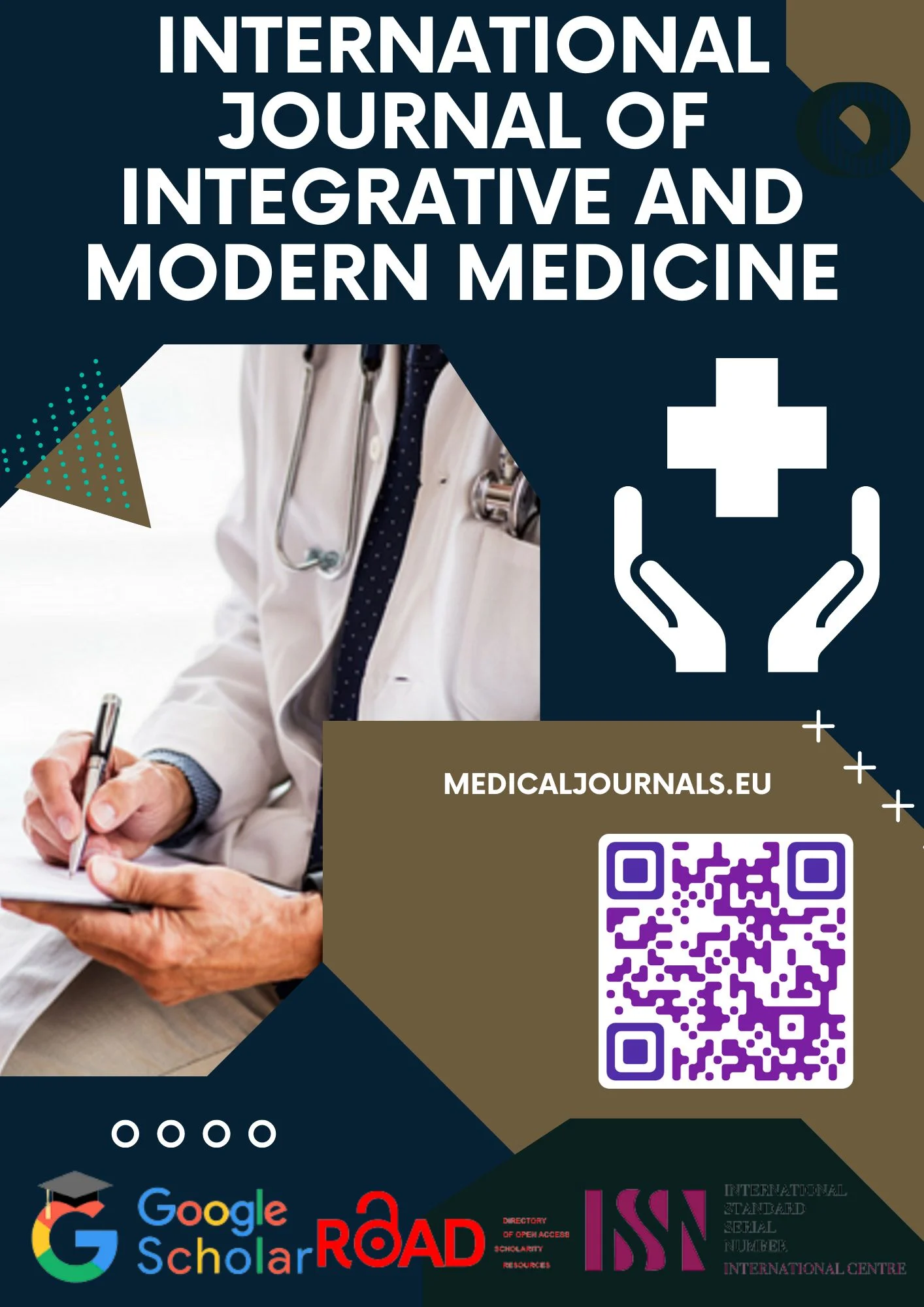Type 1 Diabetes in Children: Chronic Complications and their Clinical Impact
Keywords:
Type 1 diabetes, microvascular complications, macrovascular complicationsAbstract
Type 1 diabetes mellitus (T1DM) is one of the most common chronic endocrine disorders in childhood. Although advances in insulin therapy and glucose monitoring have improved outcomes, children remain at risk of both acute and long-term complications. This study aims to highlight the major complications of T1DM in pediatric patients and evaluate their clinical consequences. Acute complications such as diabetic ketoacidosis (DKA) and severe hypoglycemia are frequent and life-threatening. Chronic complications, including retinopathy, nephropathy, neuropathy, and cardiovascular disease, may begin early in life and significantly affect morbidity and quality of life. Early recognition and prevention strategies are essential to reduce the burden of these complications.
References
1. Chiang JL, Maahs DM, Garvey KC, Hood KK, Laffel LM, Weinzimer SA, Wolfsdorf JI, Schatz D. Type 1 Diabetes in Children and Adolescents: A Position Statement by the American Diabetes Association. Diabetes Care. 2018 Sep;41(9):2026-2044.
2. American Diabetes Association. 13. Children and Adolescents: Standards of Medical Care in Diabetes-2019. Diabetes Care. 2019 Jan;42(Suppl 1):S148-S164
3. Insel RA, Dunne JL, Atkinson MA, Chiang JL, Dabelea D, Gottlieb PA, Greenbaum CJ, Herold KC, Krischer JP, Lernmark Å, Ratner RE, Rewers MJ, Schatz DA, Skyler JS, Sosenko JM, Ziegler AG. Staging presymptomatic type 1 diabetes: a scientific statement of JDRF, the Endocrine Society, and the American Diabetes Association. Diabetes Care. 2015 Oct;38(10):1964-74.
4. Atkinson MA, Eisenbarth GS, Michels AW. Type 1 diabetes. Lancet. 2014 Jan 04;383(9911):69-82.
5. Triolo TM, Fouts A, Pyle L, Yu L, Gottlieb PA, Steck AK., Type 1 Diabetes TrialNet Study Group. Identical and Nonidentical Twins: Risk and Factors Involved in Development of Islet Autoimmunity and Type 1 Diabetes. Diabetes Care. 2019 Feb;42(2):192-199.
6. Wolfsdorf JI, Glaser N, Agus M, Fritsch M, Hanas R, Rewers A, Sperling MA, Codner E. ISPAD Clinical Practice Consensus Guidelines 2018: Diabetic ketoacidosis and the hyperglycemic hyperosmolar state. Pediatr Diabetes. 2018 Oct;19 Suppl 27:155-177.
7. Hanas R. Type 1 Diabetes in Children, Adolescents and Young Adults (How to become an expert on your own diabetes). Preface to eighth edition, pages Xİİ, Class Publishing Ltd., London, 2022.
8. Phelan H, King B, Anderson D, Crock P, Lopez P, Smart C. Young children with type 1 diabetes can achieve glycemic targets without hypoglycemia: Results of a novel intensive diabetes management program. Pediatr Diabetes. 2018;19:769-775.
9. Sundberg F, deBeaufort C, Krogvold L, Patton S, Piloya T, Smart C, Van Name M, Weissberg-Benchell J, Silva J, diMeglio LA. ISPAD Clinical Practice Consensus Guidelines 2022: Managing diabetes in preschoolers. Pediatr Diabetes. 2022;23:1496-1511.
10. Annan SF, Higgins LA, Jelleryd E, Hannon T, Rose S, Salis S, Baptista J, Chinchilla P, Marcovecchio ML. ISPAD Clinical Practice Consensus Guidelines 2022: Nutritional management in children and adolescents with diabetes. Pediatr Diabetes. 2022;23:1297-1321. Epub 2022 Dec 5






